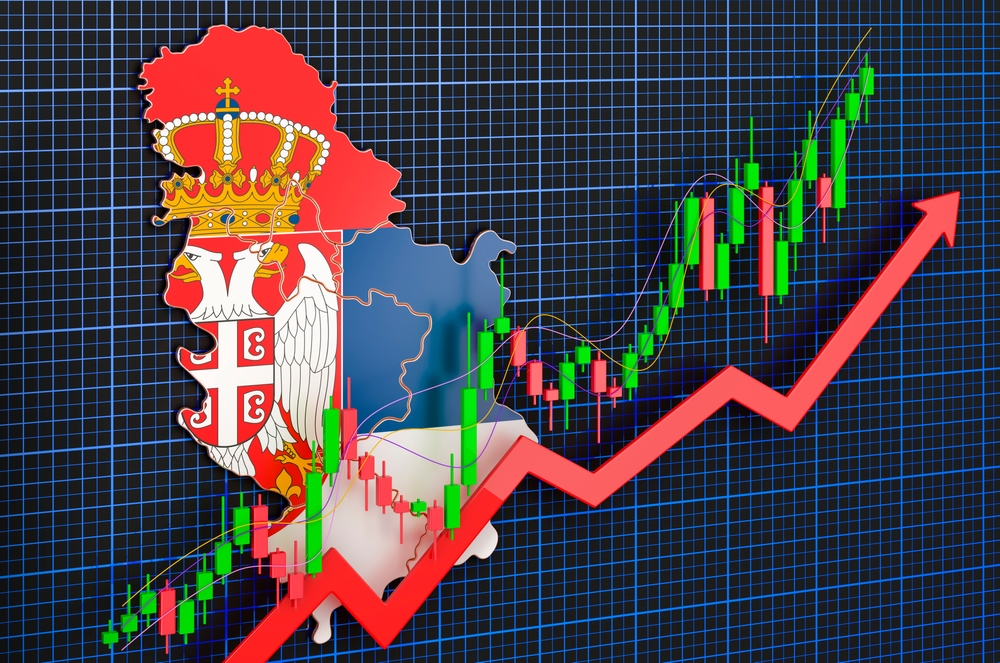nightglow.info – Germany is renowned for its robust industrial base and export-oriented economy, which has been a cornerstone of its economic success for decades. This article delves into the key aspects of Germany’s industrial and export-driven economic model, highlighting its strengths, challenges, and future prospects.
The Industrial Backbone
Germany’s industrial sector is a significant contributor to its economy, accounting for a substantial portion of its GDP. The country is home to several world-renowned industries, including automotive, mechanical engineering, chemical, and electrical engineering. These sectors not only drive domestic economic growth but also play a crucial role in Germany’s export performance.
Key Industries
- Automotive Industry: Germany is a global leader in automotive manufacturing, with brands like Volkswagen, BMW, and Mercedes-Benz dominating the market. The automotive sector is highly integrated into the global supply chain, making it a critical component of Germany’s export strategy.
- Mechanical Engineering: This sector is another pillar of Germany’s industrial strength, encompassing a wide range of products from precision tools to heavy machinery. The industry’s focus on innovation and quality has made German mechanical engineering products highly sought after globally.
- Chemical Industry: Germany’s chemical industry is one of the largest in the world, producing a variety of products from pharmaceuticals to plastics. The industry’s emphasis on research and development (R&D) has been instrumental in maintaining its competitive edge.
- Electrical Engineering: This sector includes the production of electrical equipment, electronics, and information technology products. Germany’s expertise in this field has been pivotal in driving technological advancements and maintaining a strong export position.
Export-Oriented Economy
Germany’s economy is highly export-oriented, with exports accounting for a significant portion of its GDP. This export-driven model has been a key factor in Germany’s economic success, allowing it to benefit from global trade and maintain a strong trade surplus.
Export Performance
- Global Trade: Germany is one of the world’s largest exporters, with a diverse range of products sold in international markets. The country’s exports include machinery, vehicles, chemicals, and electrical products, among others.
- Trade Surplus: Historically, Germany has maintained a strong trade surplus, which has been a source of economic stability. However, recent challenges such as global trade tensions and supply chain disruptions have impacted this surplus.
Challenges and Risks
Despite its strengths, Germany’s export-oriented economy faces several challenges:
- Global Trade Tensions: The rise of protectionism and trade wars have created uncertainties in global markets, affecting Germany’s export performance. The country’s heavy reliance on international trade makes it vulnerable to external economic shocks.
- Supply Chain Disruptions: Events such as the COVID-19 pandemic and geopolitical conflicts have disrupted global supply chains, impacting Germany’s ability to export goods efficiently.
- Technological Advancements: Rapid technological changes and the emergence of new competitors pose risks to traditional German industries. The country needs to continuously innovate and adapt to stay competitive.
Future Prospects
To address these challenges and ensure long-term economic stability, Germany is focusing on several strategic initiatives:
- Innovation and R&D: Investing in research and development to foster innovation and maintain a competitive edge in key industries. This includes support for emerging technologies such as artificial intelligence and renewable energy.
- Diversification: Diversifying export markets to reduce dependency on a few major trading partners. This strategy aims to mitigate the risks associated with global trade tensions and economic fluctuations.
- Sustainability: Embracing sustainable practices and transitioning to a green economy. This includes investing in renewable energy and promoting eco-friendly technologies to align with global environmental goals.
Conclusion
Germany’s industrial and export-oriented economy remains a powerhouse, driven by its strong manufacturing base and global trade relationships. While facing significant challenges, the country’s commitment to innovation, diversification, and sustainability positions it well for future growth. As Germany continues to adapt to a changing global landscape, its economic resilience and strategic foresight will be crucial in maintaining its position as a leading industrial and export-oriented economy.

